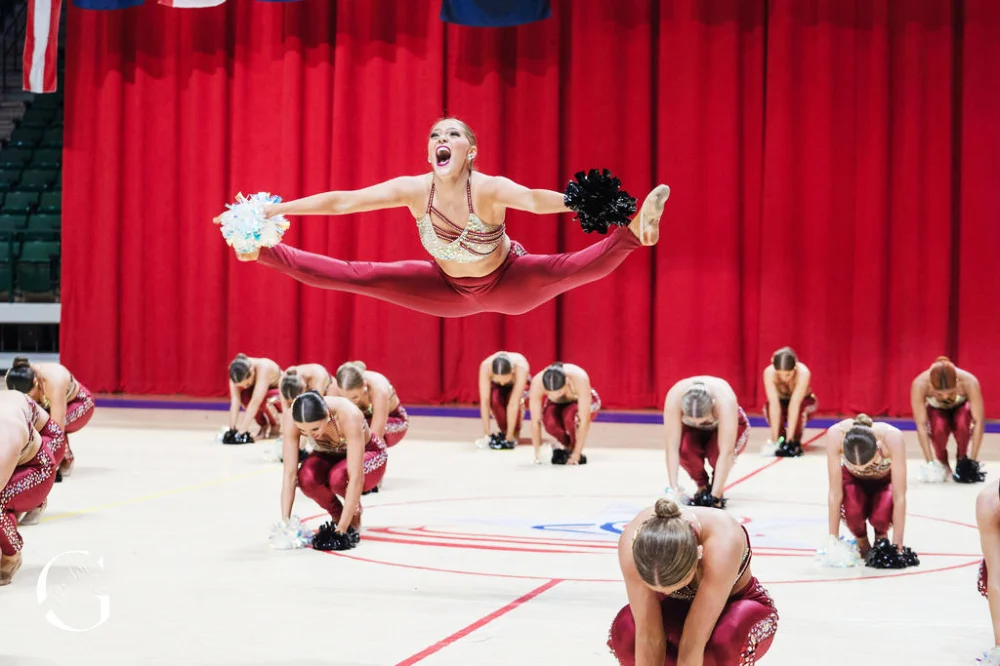
- 1-what-is-a-dance-off-in-high-school-culture
- 2-do-american-high-schools-have-dance-offs
- 3-why-dance-offs-matter-in-teen-social-life
- 4-how-schools-support-student-dancers
- 5-real-stories-from-school-gym-floors
1. What Is a Dance-Off in High School Culture?
A dance-off is an informal or organized competition where individuals or groups perform choreographed or freestyle routines to impress an audience or panel of judges. In high school settings, dance-offs often emerge during pep rallies, spirit weeks, talent shows, or homecoming events. They're fast-paced, energetic, and packed with school pride — making them a standout social moment on campus.
Unlike professional competitions, these performances are often spontaneous and judged by peer reaction or teacher panels. Whether it's hip-hop battles in the cafeteria or formal events on the auditorium stage, they play a key role in teenage expression and entertainment.
2. Do American High Schools Have Dance Offs?
Yes, many American high schools host dance-offs, either as part of larger events or as standalone competitions. While not every school includes them in their official programming, student clubs, cheer teams, or dance departments often organize them. Some schools even have recurring traditions where freshmen challenge seniors or rival schools go head-to-head in community events.
A growing number of student-led initiatives have embraced dance-offs as a way to promote school unity and celebrate cultural diversity through dance. In urban districts, these events can also serve as healthy, creative alternatives to after-school boredom. For those eager to prepare for such competitions, American Dance Academy offers structured training to boost both skill and stage confidence.
3. Why Dance Offs Matter in Teen Social Life
In a world where teens seek connection and identity, dance provides a universal outlet. Dance-offs not only serve as entertainment but also empower students to showcase individuality and teamwork. For some students, it’s a way to channel emotions, escape daily stressors, or even inspire leadership through organizing events.
In districts with diverse student populations, these events can highlight multicultural dance styles — from krumping to salsa to ballet folklórico — building awareness and appreciation of different heritages. They can also be a first step toward discovering a lifelong passion or career path in the arts.
4. How Schools Support Student Dancers
Support for dance varies widely. Some high schools have full dance programs with courses, studios, and performance opportunities. Others may only offer extracurricular clubs. Dedicated teachers, parent volunteers, and local organizations often fill the gaps.
When dance is taken seriously as an art form, it receives structured funding and opportunities similar to sports or music. These programs may include dance-offs, showcases, or regional competitions. For students seeking a competitive edge or technical training, programs from institutions like American Dance Academy can provide both foundational and advanced skill-building that many schools can't always offer in-house.
5. Real Stories from School Gym Floors
In 2022, Lincoln High in Colorado went viral on TikTok when two rival dance teams battled at a basketball halftime. The clip racked up over 4 million views in a week, with users praising the creativity and sportsmanship. “It was insane energy,” said senior Jasmine T., who choreographed part of the routine. “Everyone was cheering, even the teachers were hyped!”
Another example comes from Westfield High in Texas, where a Latinx dance group used their end-of-year performance to blend traditional cumbia with modern trap beats — earning thunderous applause and a standing ovation from the faculty.
These moments not only live on in yearbooks and social media feeds but also in the confidence and unity they build among teens. Dance-offs remain more than a fun activity — they’re a vibrant thread in the cultural fabric of American high school life.
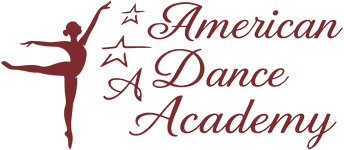
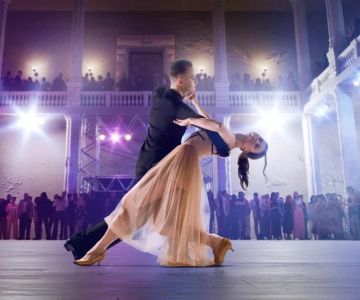
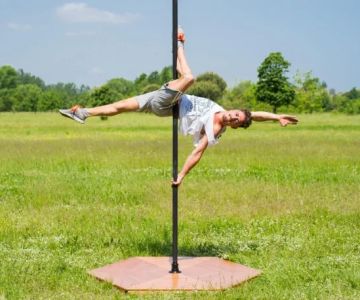
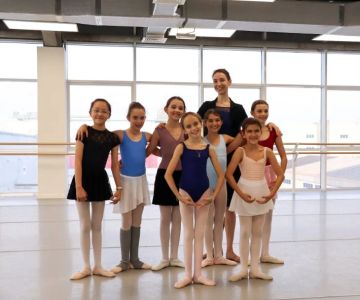
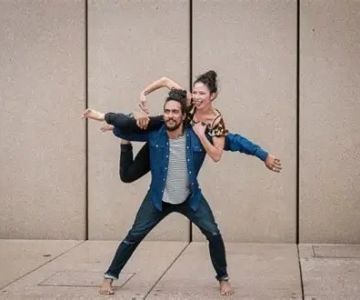

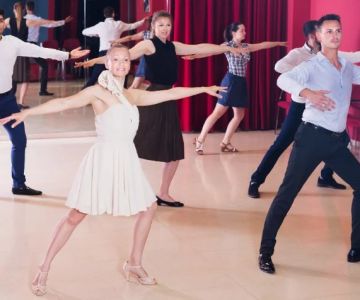
 Barrington Dance Academy5.0 (22 reviews)
Barrington Dance Academy5.0 (22 reviews) Canyon Concert Ballet4.0 (17 reviews)
Canyon Concert Ballet4.0 (17 reviews) Big City Dance Center LLC4.0 (25 reviews)
Big City Dance Center LLC4.0 (25 reviews) Tye Chua Dance & Kalamazoo Ballet5.0 (18 reviews)
Tye Chua Dance & Kalamazoo Ballet5.0 (18 reviews) Fenton Ballet Theatre4.0 (24 reviews)
Fenton Ballet Theatre4.0 (24 reviews) Front Street Dance Center5.0 (7 reviews)
Front Street Dance Center5.0 (7 reviews) Are There Dances in Middle School? What Students and Parents Should Know
Are There Dances in Middle School? What Students and Parents Should Know How a Dance School in Instagram Builds Community and Success
How a Dance School in Instagram Builds Community and Success Why Do Schools Teach Square Dancing?
Why Do Schools Teach Square Dancing?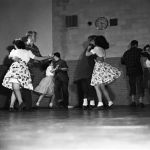 Why Was Square Dancing Taught in School?
Why Was Square Dancing Taught in School? Why Swing Dance Is Popular for Adults
Why Swing Dance Is Popular for Adults A School Dance: How to Prepare, Shine, and Make It Unforgettable
A School Dance: How to Prepare, Shine, and Make It Unforgettable